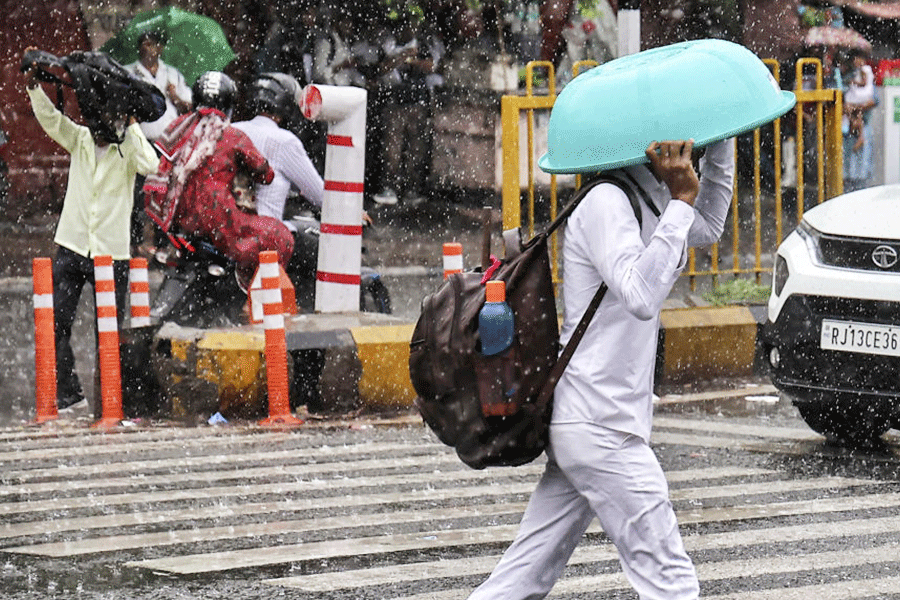Jorhat, Feb. 20: The tea industry has set a target of exporting 300 million kg of tea in the next 10 years. To achieve this target, it has adopted the "Krucial" strategy for promoting tea in Kazakhstan, Russia, the US, China, Iran, Egypt and Chile. "Our vision is to boost export to 300 million kg in 10 years and we have structured action in some key areas for this," A.K. Bhargava, chairman, Indian Tea Association, said at the 126th annual general meeting of its Assam branch at Tocklai today.
He said to achieve the target, the association has to protect existing markets like the UK and Germany. Indian tea saw a rise in exports last year - 10 million kg more than the previous year - despite global economic slowdown. "This was due to more orthodox tea being exported from Assam to Russia and Iran."
He said it was, therefore, important to increase orthodox tea production. "ITA has been advocating enhancement of subsidy on orthodox tea from Rs 3 to Rs 15," he added.
Bhargava said there had been an exchange of delegation between Iran and India to boost exports and sort out issues affecting both countries.
The chairman of the Assam branch of Indian Tea Association Talat Ahmed said the industry's sustainability could become uncertain if there was any change in the wage structure. "Should any major departure occur in the wage structure, serious questions on sustainability would arise leading to uncertainties and eventually threatening the industry's survival."
The industry is paying Rs 126 as daily wage to its workers. The effective package paid out to workers comprise both cash and "in kind" benefits, which works out to Rs 249 per day. The state government, in its draft proposal last year, set the minimum wage at Rs 177.19. Wages in the industry have been settled through the collective bargaining process. The cash and "in kind" wages integrate to form a wage package. The structure is unique and not comparable to other industries.
He said as the industry commits itself to produce quality tea, the phenomenon of unremunerative prices for teas and high costs of production continue unabated. "Rise in the costs of essential inputs and employment cost continue to be worrisome for the industry as we benchmark ourselves to sustainability parameters," he said.
Input prices have gone up by at least 10 per cent annually while tea auction prices have registered only a 5-6 per cent rise. "Additional cost burden include workers' rations, which have to be purchased from the open market at very high prices. This has occurred due to the discontinuation of the targeted public distribution system for the tea industry from December last year," he said.
The issues which need to be tackled on a sustainable basis are the impact of climate change at the micro level, irrigation and rain water harvesting and certification of teas according to international requirements, he added.











